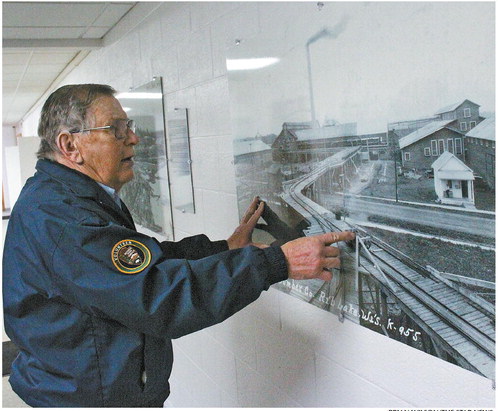Logging legacy kept alive with Rib Lake display


The village of Rib Lake is located on the north shore of its namesake lake.
It started as a logging town during the height of the timber-barren era of Wisco...


The village of Rib Lake is located on the north shore of its namesake lake.
It started as a logging town during the height of the timber-barren era of Wisco...